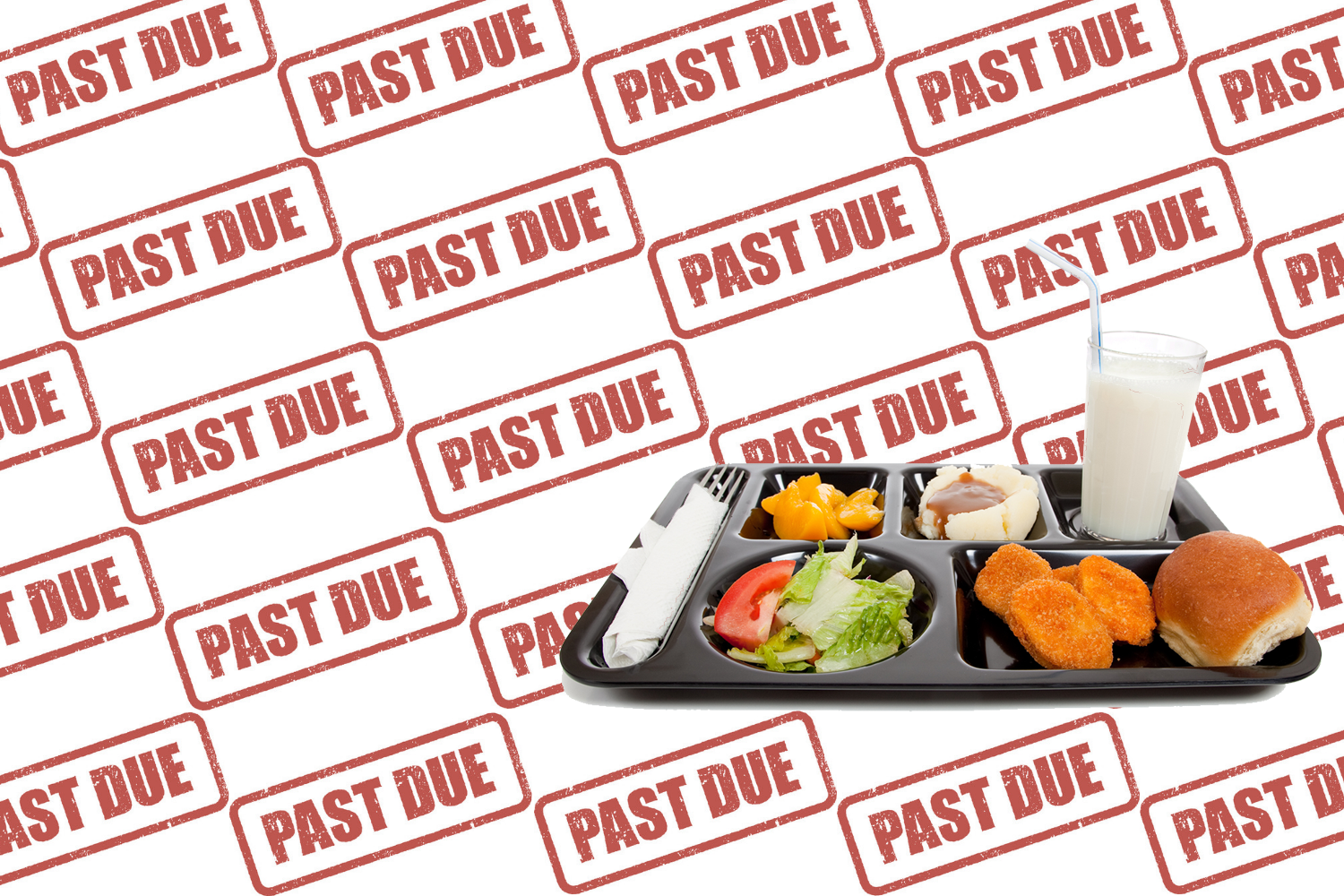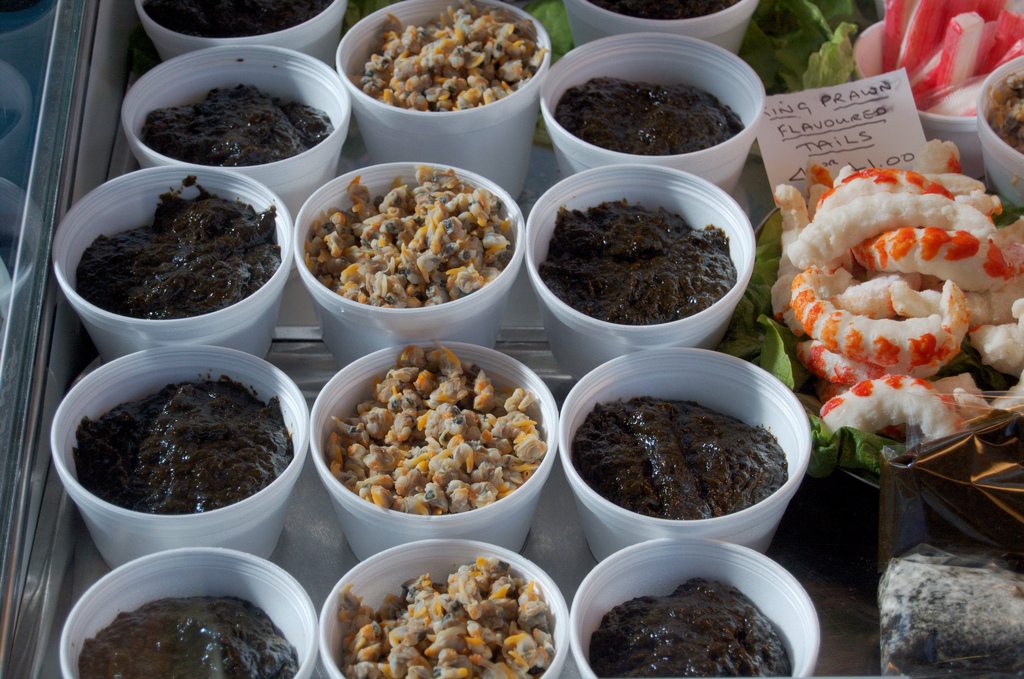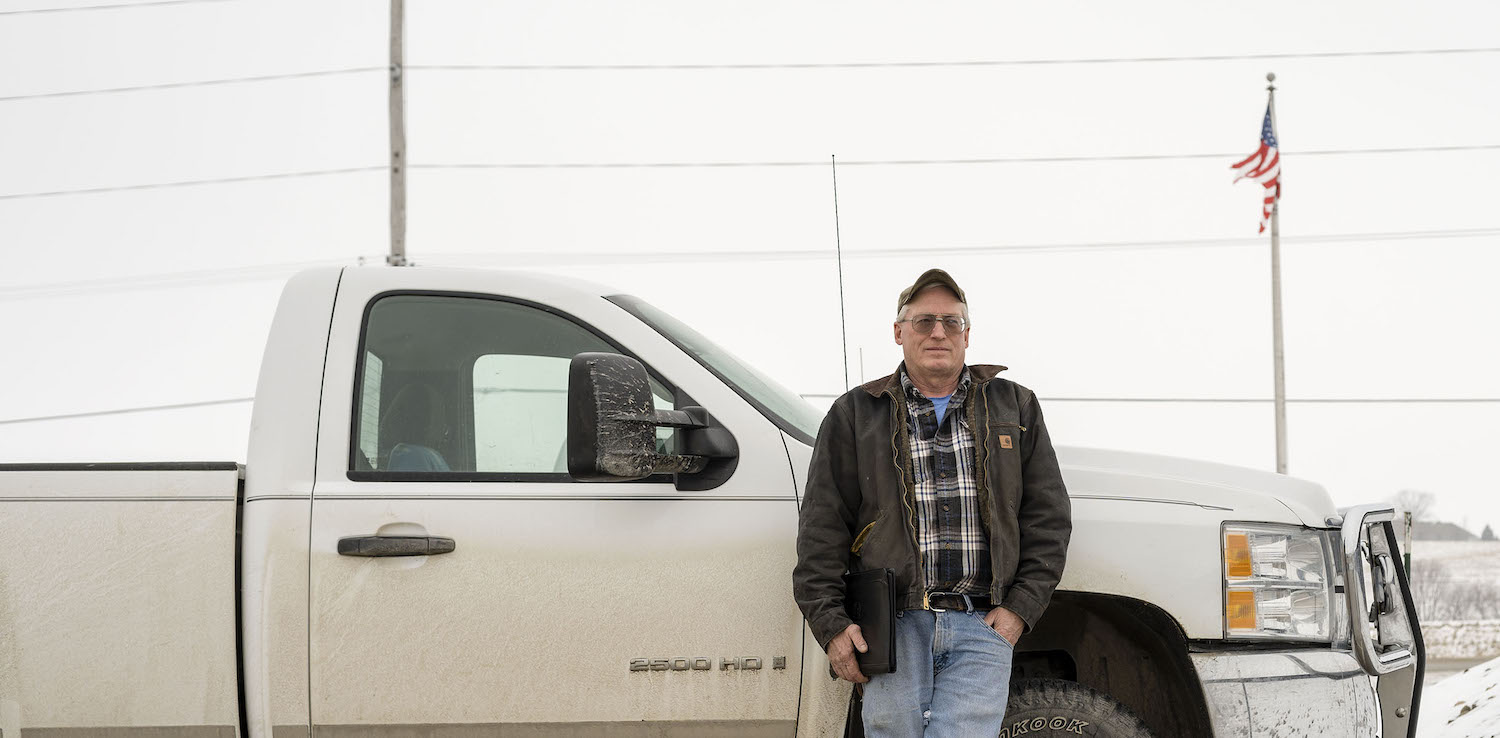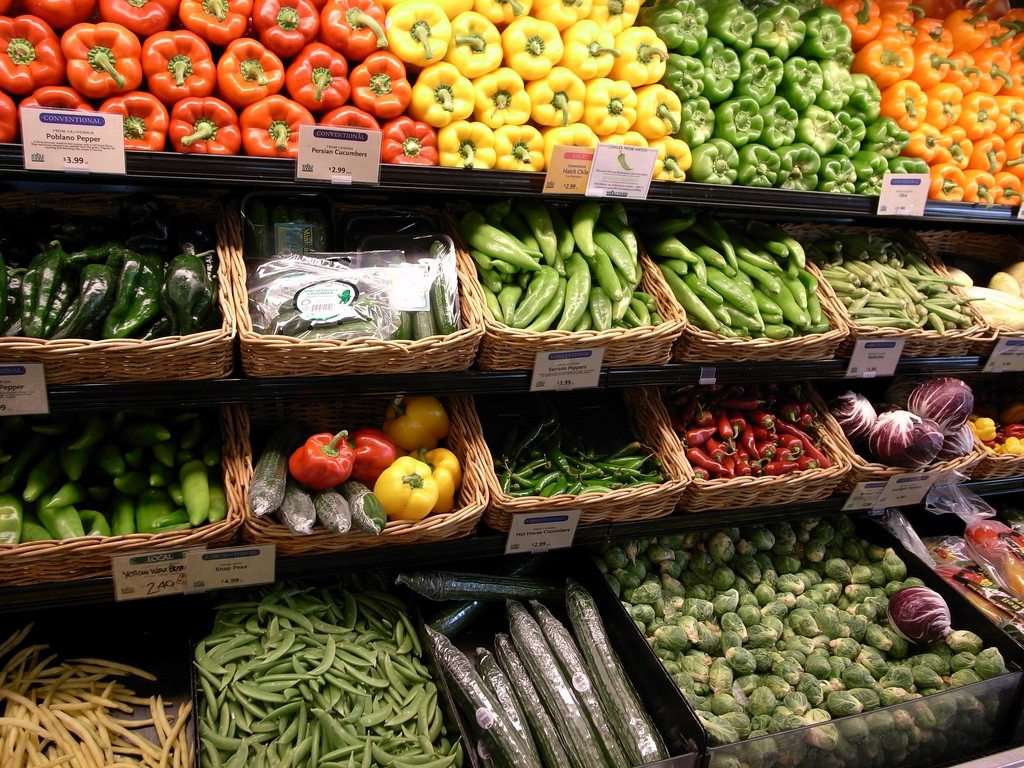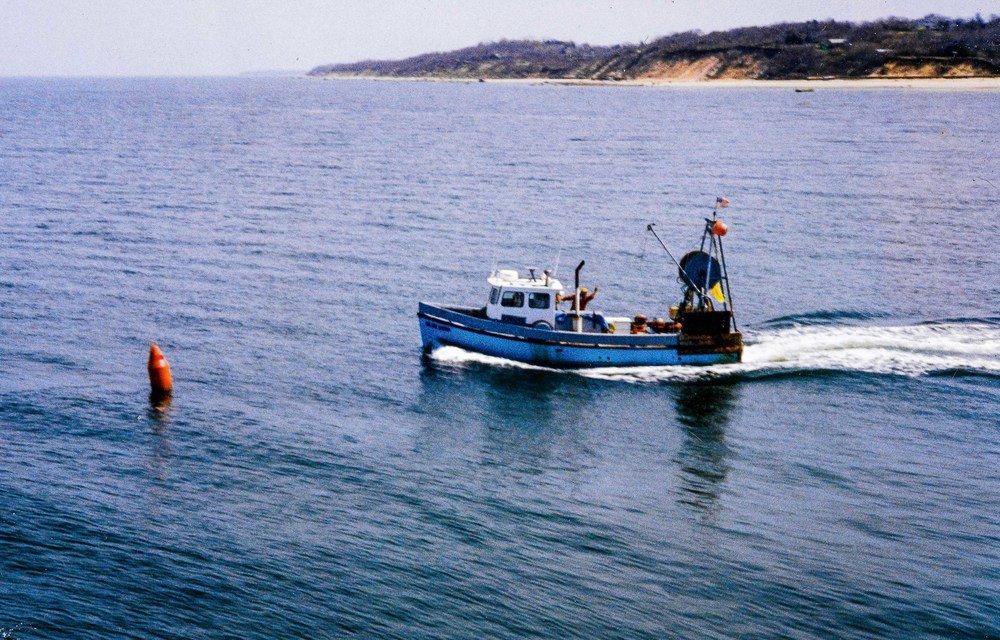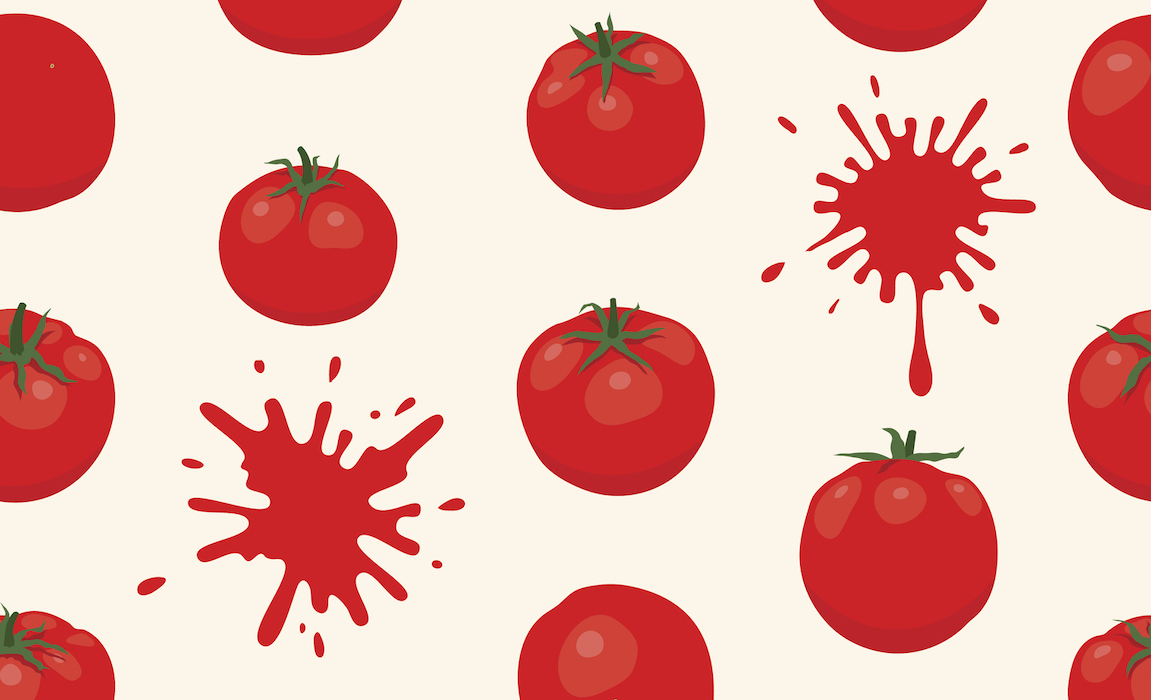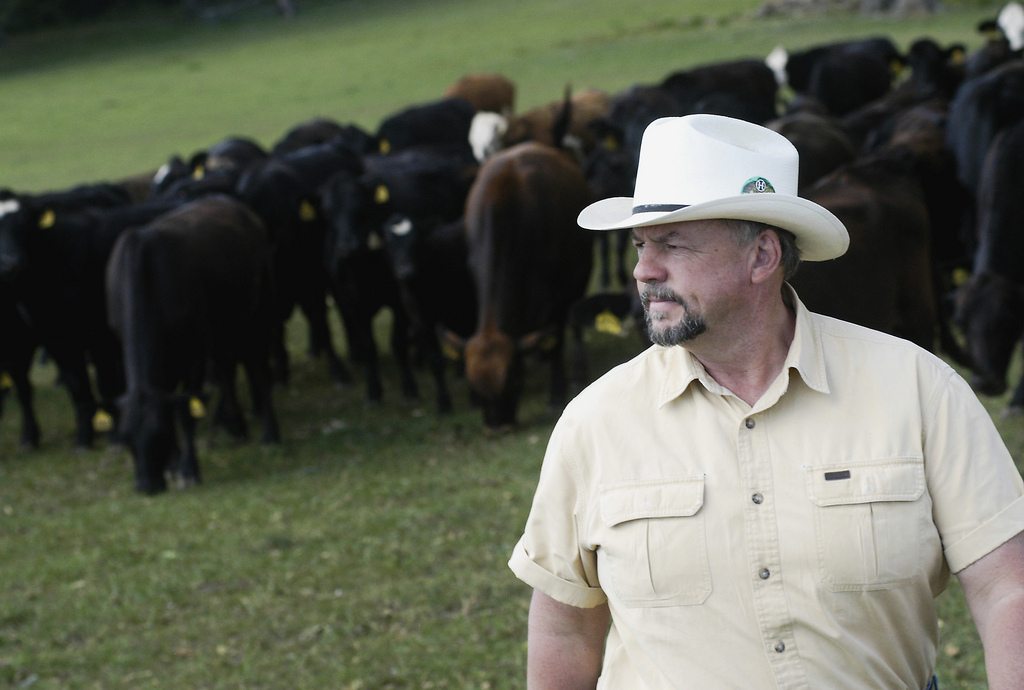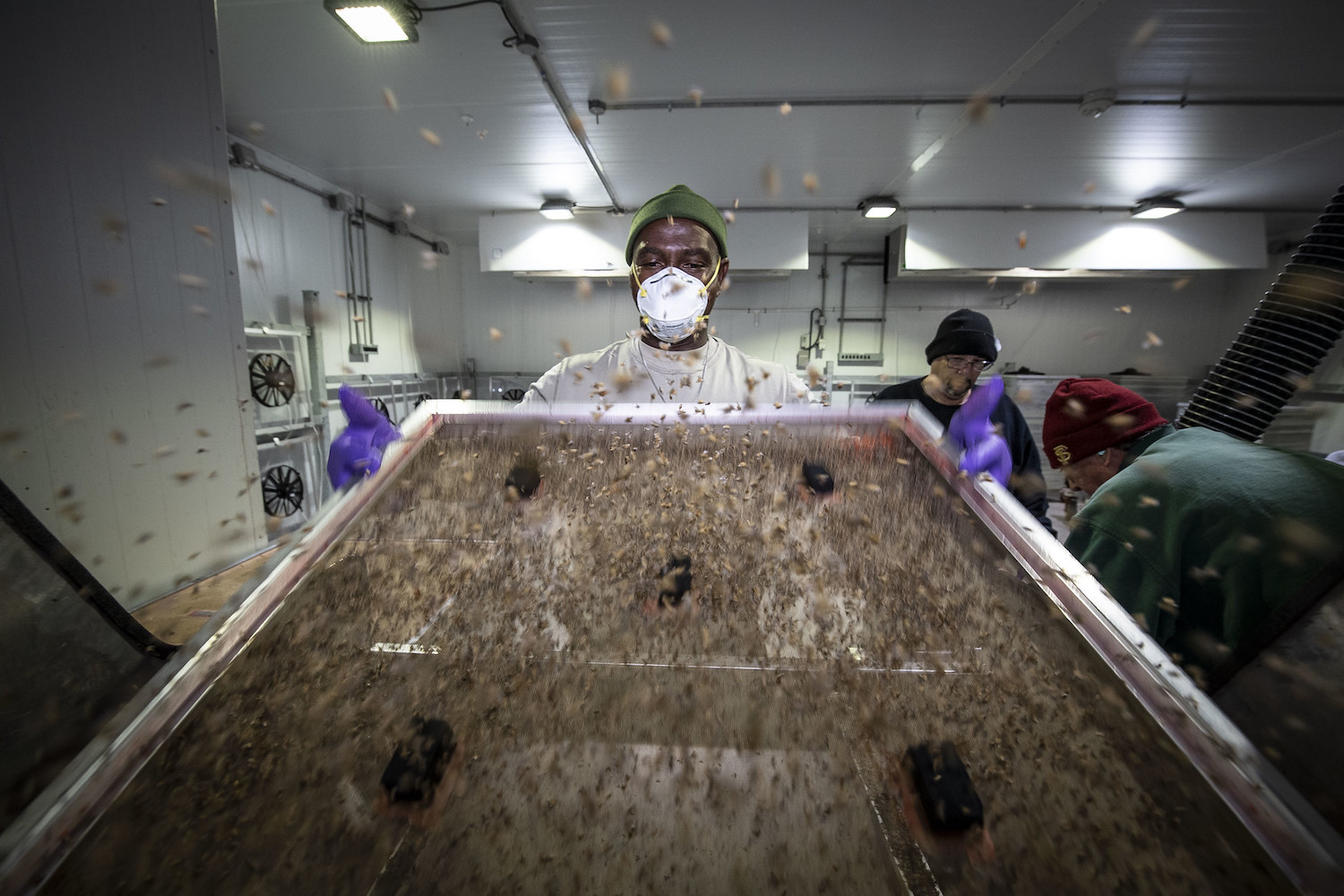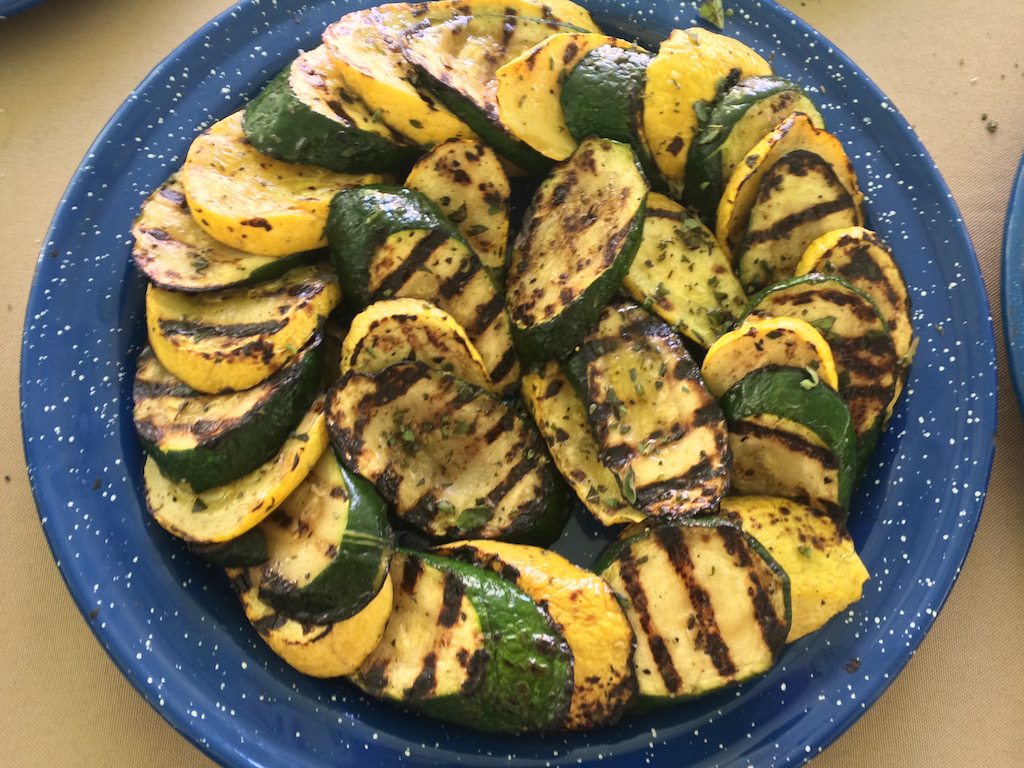
Kate Cox
A good Friday in the life of any food journalist is one during which she dines with Alice Waters—chef, author, food activist, and founder/owner of what many refer to as America’s original farm-to-table restaurant, Chez Panisse in Berkeley, California.
On this particular desert-dry and abundantly sunny Friday in Denver, Colorado, I did just that. Well, to be fair, me and 499 other participants in the annual Slow Food Nations festival did just that. Under a tent in Denver’s Civic Center Park, at the foot of the city’s gleaming, golden-domed capitol building, we served as Waters’ guinea pigs in an experiment she called “School Lunch as an Academic Subject.”
 Kate Cox
Kate Cox Denver’s Civic Center Park, where the lunch was held, basking in the reflective gaze of the city’s capitol building
“This is an idea I want to feed you,” she told the crowd. “Today, you are seventh graders.” And with that, our eight-top tables were transformed into micro-cafeterias, as Waters instructed us to delegate six runners and two table setters to expedite and serve a meal featuring the “Zapotec three sisters” (corn, beans, and squash), tamales, garden lettuces, and seasonal fruit. It was Waters’ vision of an ideal school lunch in America: good food, locally produced, served by the people who are going to eat it.
“Fast food values have taken over our lives,” she said. “I want you to find the time and attention to digest the values of slow food.” The eponymous movement, “Slow Food,” is a global organization involving millions of people in 160 countries. It was founded in 1989 by former political activist, Carlo Petrini, whose name became synonymous with a campaign against the opening of a McDonald’s near the Spanish Steps in Rome. Today, there are more than 150 chapters in the United States.
The slow food ethos is this: “prevent the disappearance of local food cultures and traditions, counteract the rise of fast life and combat people’s dwindling interest in the food they eat, where it comes from and how our food choices affect the world around us.” And Waters thinks those ideals can be brought to school lunch. “What better place to bring children back to their senses?” she asked.
 Kate Cox
Kate Cox “Lunch as an Academic Subject” menu featuring foods produced using the “three sisters” way of farming
Surely you want to know how the food was? Tasty. Simple. And the experiment? Expeditious as hell. We got food served to 500 people in five minutes. For all of us, the meal was an immersion experience in rethinking our ideas about efficiency and scale.
But this isn’t really a story about school lunch. Or about Waters, necessarily. It’s about seven third through fifth-graders—English language learners from the Marie L. Greenwood Academy in Denver—who helped to prep and serve the meal. They (and millions of school kids just like them) will be the ones to harvest whatever seeds of thought Waters helped to plant at our eight-tops.
It’s hard to say who had a better day: the seven students or their program chaperone, Mary Ann Bash. A former Denver public school teacher, Bash founded the “Each One Teach One” literacy program to help non-native speakers bridge what she refers to as a “word gap” that can set them back early in their academic careers. Together, the students and Bash select books to read that have horticulture-based themes. And they take what they learn out into the soil to plant and grow food (and fluency) in their school garden.
 Kate Cox
Kate Cox Each student carries around her neck a lanyard with study guides linking language, gardening, and food terms
Wearing lanyards loaded with stacks of multi-colored, thumb-drive-sized flashcards (pink for adjectives like “inedible,” green for verbs liked “harvested,” and orange for nouns like “arugula,”) the students forge intimate connections to their second language through food words. And they learn to cook for (and speak English with) their families.
“Most of them are not at all allowed in the kitchen at home,” said Bash. “That’s mom or dad’s domain.” So the soil is where the kids find ownership over the way they communicate and what they grow.
“I have about eight cabbages,” said shy and grinning Ashley Paz. The 11-year-old is part of a contest the students are holding to see who can grow the biggest brassica. Standing next to her as we talk is 9-year-old Catherine Herrera, whose parents are originally from Mexico. She told me she brings the language of the garden into her home, where she speaks English with her family. “Except my brother,” she added. “He doesn’t speak English.”
 Kate Cox
Kate Cox 11-year-old Ashley Paz, right, and 9-year-old Catherine Herrera, left, are growing food in the Each One Teach One gardens at Denver’s Marie L. Greenwood Academy, and were on hand to prep and help serve lunch
“These two girls are incredible horticulturists out in the garden,” said Bash. “People’s jaws drop when they hear the science our kids can talk about.”
And school gardens are where Waters, whose books Fanny at Chez Panisse and Alice Waters and the Trip to Delicious the students read and were inspired by, weaves back into the story. Twenty years ago, she founded the Edible Schoolyard program in Berkeley to generate garden and kitchen lessons linked to classroom studies. It only makes sense, then, that a garden-grown school lunch was where Waters and the Greenwood students’ paths would cross. Bash told me that knowing how much her students were fans of Waters, Andrew Nowack, former project director for Slow Food Denver’s “Seed to Table” school food program, invited them to be part of her lunch.
And that was the end of our conversation. “Be ready because she might call us up,” Bash told the students, as they headed toward the stage where Waters was giving her closing remarks. Off they went to meet another (albeit famous) gardener.
The Alice Waters vision for feeding America’s school children comes down to this: school-supported agriculture. But maybe what’s really achievable at scale will sit somewhere in between Waters’ and Bash’s edible education and food language approaches. Maybe scale will start as simply as our eight-top experiment, cloned over and over: good food for young humans, prepared and served by good adult humans. Progress, after all, is slow.

